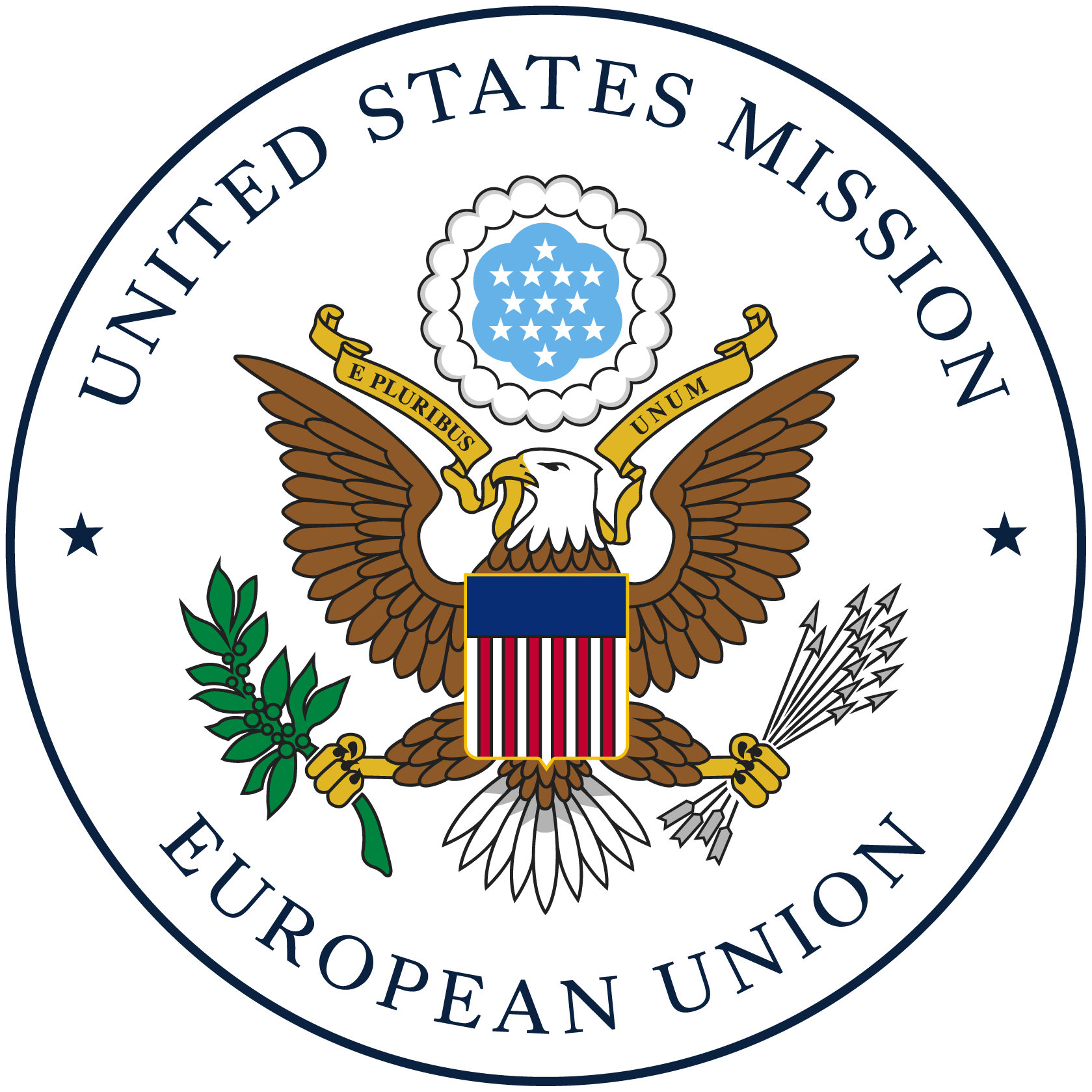In 1992, the EU introduced a regime to provide protection throughout the EU for geographical indications and designations of origin of certain agricultural products and foodstuffs.
After a WTO panel ruled that certain aspects of the EU legislation were inconsistent with WTO rules, the EU introduced a new regulation – Council Regulation 510/2006 – allowing third countries to submit registration applications directly to the European Commission and to object directly to applications for new registrations.
In November 2012, the EU adopted new rules on EU quality schemes. European Parliament and Council Regulation 1151/2012 repeals Regulation 510/2006.
EU Legislation
European Parliament and Council Regulation 1151/2012 on “quality schemes for agricultural products and foodstuffs” came into force on January 3, 2013. This new regulation combines the rules for Protected Designations of Origin (PDO), Protected Geographical Indications (PGI), Traditional Specialties Guaranteed (TSG) and optional quality terms into one single legal instrument.
Registration under the different schemes is open to third countries. Wines and spirits are covered by specific legislation and do not fall within the scope of the regulation.
Regulation 1151/2012 also provides for the development of mechanisms to protect PDOs and PGIs in third countries – within the context of the WTO “Trade-Related Aspects of Intellectual Property Rights” (TRIPS) agreement – or in bilateral and multilateral agreements.
e-Ambrosia Database
The public database ‘eAmbrosia – the EU Geographical Indications registers‘ includes geographical indications (GI) for agri-food products, wine and spirit drinks registered and protected in the European Union.
Wine
Designations of origin and geographical indications on wines are protected through separate legislation.
Commission Regulation 2019/33 lays down detailed rules on protected designations of origin and geographical indications, traditional terms and labeling.
WTO
In 1999, the U.S. challenged the EU’s GI legislation in the WTO on two grounds: discrimination against U.S. GIs and failure to protect U.S. trademarks. In March 2005, a WTO panel ruled that certain aspects of the EU’s GI legislation were inconsistent with the WTO Trade-Related Intellectual Property Rights (TRIPS) Agreement and set a deadline for the EU to modify its regulation before April 2006. In March 2006, Council Regulation 510/2006 was adopted in order to bring the EU GI system into compliance with the ruling of the WTO panel. Commission Regulation 1898/2006 lays down detailed rules for the implementation of Regulation 510/2006.
The current TRIPS Agreement provides a high level of protection to wines and spirits but leaves the protection of agricultural products and foodstuffs to national governments. In the context of the WTO Doha Round, the EU has submitted a drastic proposal to amend the TRIPS Agreement in order to extend the same high level of protection to products other than wines and spirits. In addition, the EU is proposing to establish a multilateral register of GIs which would be legally binding for all WTO members. Two issues are debated in the TRIPS Council under the Doha mandate: the creation of a multilateral register for wines and spirits and extending the higher level of protection beyond wines and spirits. For more information see the WTO’s website at http://www.wto.org/english/tratop_e/trips_e/gi_e.htm.
Revision of Legislation on GIs
On March 31, 2022, the European Commission (EC) published its legislative proposal to revise geographical indications (GIs) legislation for wine, spirit drinks, and agricultural products. The new measures aim to increase the uptake of GIs, achieve a higher level of protection, especially online, and increase the sustainability of the EU’s food system by integrating specific sustainability criteria.

